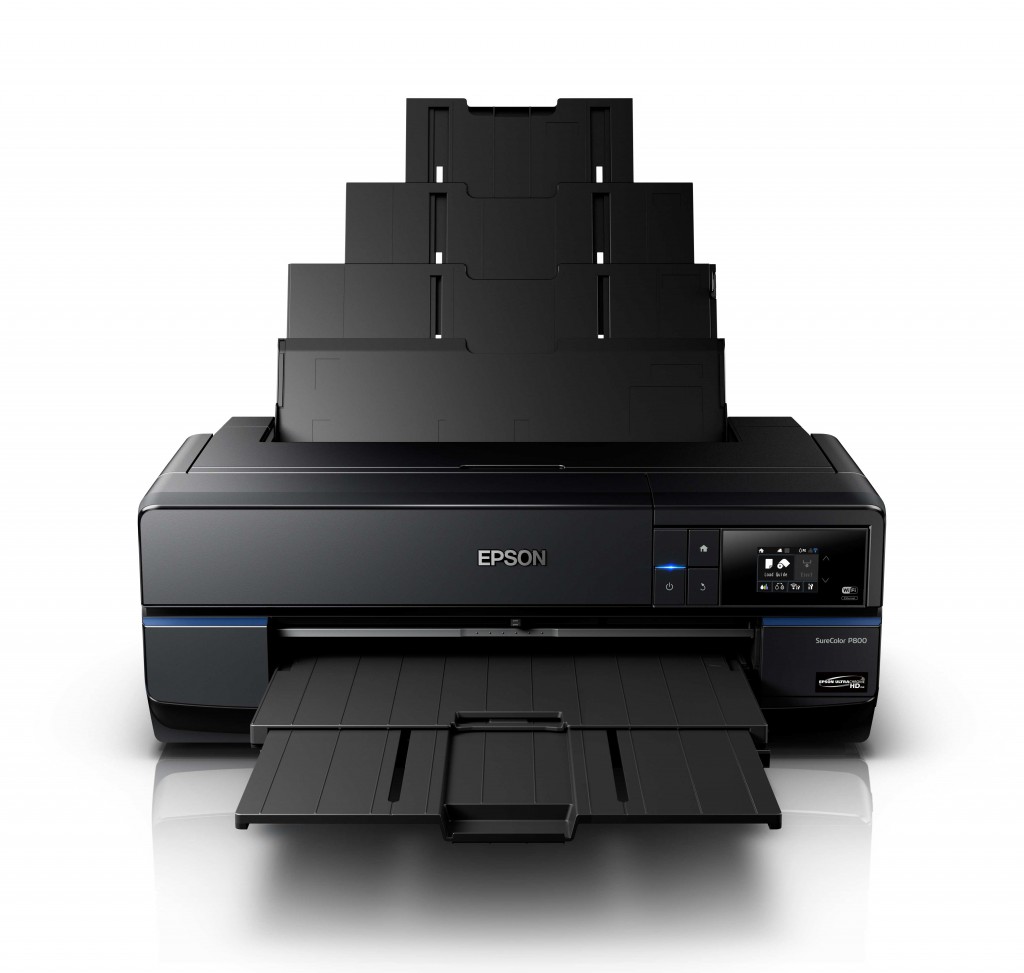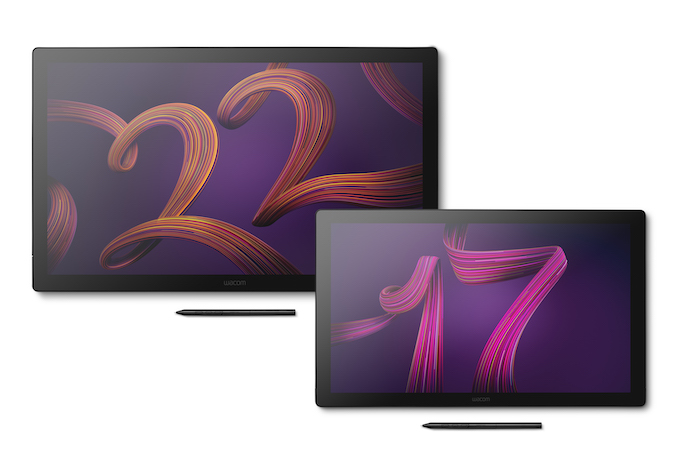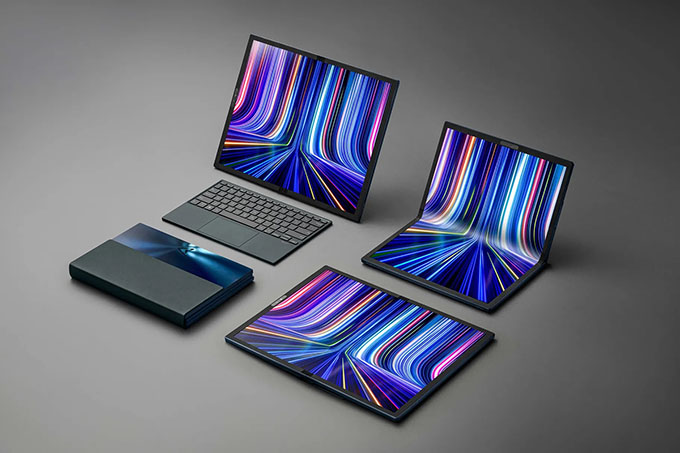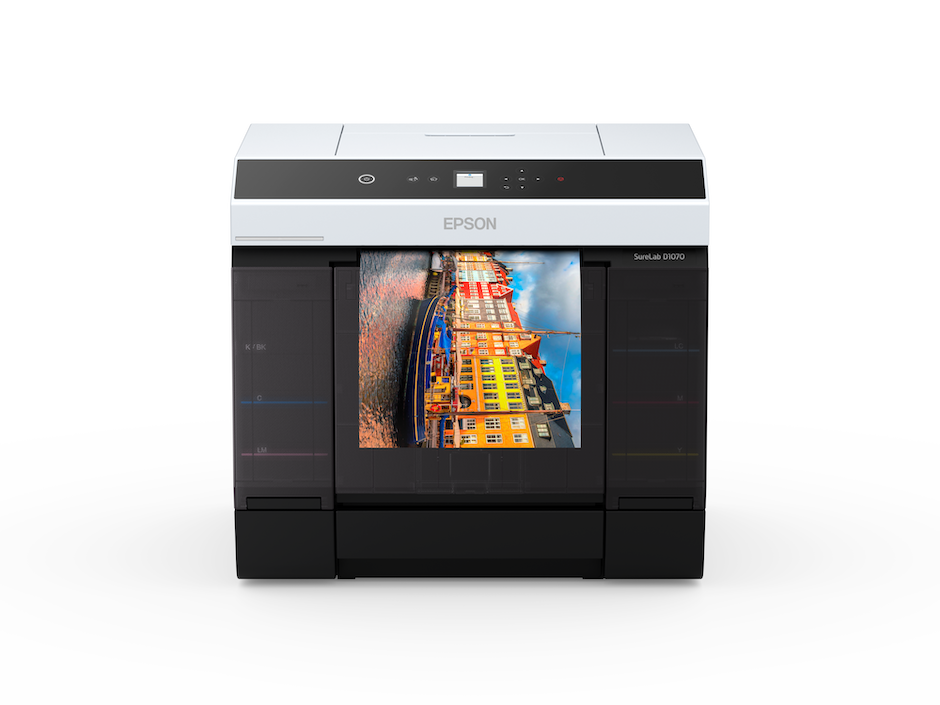Hardware
Unlike the fast-paced cycles of other digital products, new inkjet printer announcements are few and far between.
That’s only one of the reasons we were so excited when Epson announced the 13-inch SureColor P600 Professional Photo Printer at the end of October (the SureColor name replaces the Stylus Pro branding). The P600 offers lots of bells and whistles (including Wi-Fi and a roll feed), a new inkset and, most importantly, print quality that exceeded our already high expectations during hands-on testing. But we wanted to print larger sizes than the P600 can accommodate with its 13-inch maximum output width.
Now, several months after the P600 announcement, Epson has announced the SureColor P800—a 17-inch printer that replaces the popular Stylus Pro 3880 and utilizes the same new UltraChrome HD ink set as its smaller sibling.
Before we get into the nitty gritty of the P800, referring to the P600 as its “smaller” sibling is a bit misleading. Yes, the P600 produces smaller prints, but the P800 isn’t a whole lot bigger than the 13-inch model. The 17-inch P800 measures 26.9 x 14.8 x 9.8 inches closed versus the P600’s 24.2 x 14.5 x 9 inches footprint and is generally no larger than competitive 13-inch inkjet printers. That’s a real bonus for studios where desktop space is at a premium.
In addition to Wi-Fi, the P800 has been redesigned with a convenient full 17-inch front feed for fine art and thicker papers. It also features a 2.7-inch color, tillable LCD (the 3880 has a 2.5-inch backlit LCD panel).
More importantly, the P800—like the P600—utilizes Epson’s fourth generation UltraChrome HD inks. The P800 accommodates nine, 80ml cartridges, including Photo, Matte, Light and Light Light Black, with auto switching between Photo and Matte black inks.
Ink density has been increased by allowing the ink to sit closer to the media’s surface, which results in broader dynamic range. The increased density will be most apparent on photo media and third-party matte and fine art papers, although not much difference will be noticed on Epson matte paper. According to Epson, initial reports from Wilhelm Imaging Research, Inc. (WIR) indicate “up to twice the WIR Display Permanence Ratings of previous generations of Epson UltraChrome inks.”
What does that mean? Epson fine art photo papers or canvas will probably last longer than 200 years, with black and white print lifespan (using Epson’s Advanced Black and White Print Mode) exceeding 400 years. Of course, all the standard caveats apply about conditions under which the prints are stored or displayed.
While the P600 comes with a roll feed, the P800 offers roll feed as a $200 add-on. But if you want to print panoramas or banners, it’s well worth the extra dollars. The specs indicate that you can print an image as long as 10 feet, but when we were briefed by Epson, the product manager said he was able to print a 25-foot long image. Pretty impressive! The only thing missing on the roll feed is a rotary cutter—you’ll need to go to the 4900 model for that. On the other hand, if you print smaller than 8×10 and want to print full bleeds, the P800 is a better option.
If the P800’s image quality is anything like that of the P600—and we have no doubt that it is—we’re on board. The P800 will be available late June/early July for $1,295.
Head over to the Epson site to request print samples if you have any doubts (note: the P800 isn’t listed under print sample requests yet but the P600 is)






